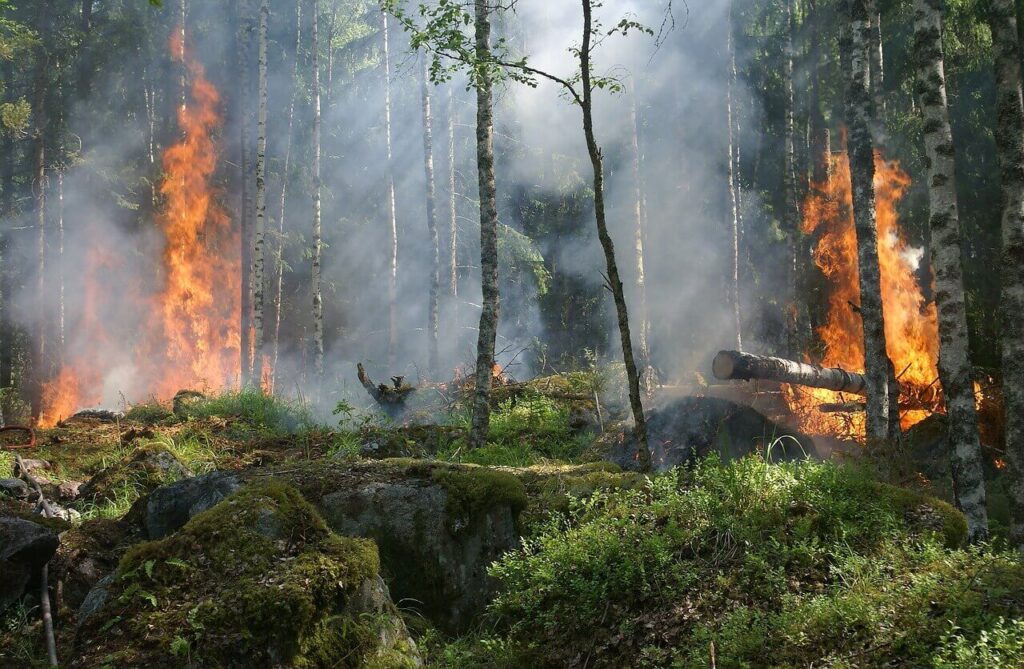Forest Fires: The Long-Term Effects of Charcoal Production on Forests

The production of charcoal has a detrimental effect on forests. Charcoal is made from wood, which releases its nutrients into the soil at a rapid rate after burning. This results in a high concentration of nutrients in the surrounding areas, which attracts large numbers of animals and insects looking for food. When the trees are taken away, they release their nutrients back into the soil slowly over time. However, when they’re burned as charcoal, their carbon is released back into the atmosphere quickly instead of having to undergo slow decomposition in the soil. The production of charcoal results in extensive deforestation and clearing of land for charcoal production that continues year after year. According to data collected by forest NGO Forescout, nearly 50% of India’s captive forests have been cleared to make charcoal over the past 30 years. As well as being harmful to forests and causing environmental damage, this process is also expensive and laborious. Due
What is charcoal?
Charcoal is created through the process of pyrolysis. This is the process by which organic matter is transformed into carbon and energy. Once the wood has been burned, the carbon is removed and it forms a black powder. This can be used as a replacement for fossil fuels, creating charcoal. It is sometimes used as a food preservative and is also used in the production of other products, such as pigments and plastics.
How is charcoal made?
The process of making charcoal involves first burning wood, which is a process known as combustion. Then the carbon is removed from the wood, which is what makes charcoal black. After that, mineral salts are added in order to make the charcoal suitable for use as a preservative or for other products. The mineral salts used for charcoal production vary depending on the type of product that is being manufactured. For example, charcoal for paint is different from charcoal for use in manufacturing plastics.
The Pros of Charcoal
– Stronger than other cooking fuels, charcoal burns hotter, longer, and cleaner than wood, creating less soot. – Lower carbon emissions – charcoal produces fewer carbon emissions than fossil fuels, such as coal and oil. – Easier to store and transport – charcoal is lighter and less dense than wood. So, it is easier to carry and store. This makes it a good choice for people living in rural areas who have limited access to fuel. – Consistent heat – charcoal produces consistent heat, which means that food cooked on it doesn’t need to be checked frequently.
The Cons of Charcoal
– Heavy water usage – as it is made from wood, it requires high amounts of water to make charcoal. Around 45 liters of water are needed to make one kilogram of charcoal. This increases the risk of water pollution and threatens the environment. – Expensive – charcoal is expensive to make, which means that it has a limited market. This makes it difficult for the poor to use. – Long production – charcoal production is very labor intensive and slow. It takes around 4 hours to produce one kilogram of charcoal. – High risk of deforestation – the majority of charcoal is made from forests and trees, which has a long-term detrimental effect on forests.
Conclusion
Charcoal is a very useful product, but it should not be used as a replacement for fossil fuels. It has many benefits, such as being lighter and less dense than wood, but also has a few disadvantages, such as heavy water usage and a long production time. These two factors mean that it can only be used as a supplement in many situations. While it is good for preserving food and creating certain products, it should not be used as a replacement for fossil fuels. Charcoal is used for many applications and is a very useful product. However, it should not be used as a replacement for fossil fuels because it has several disadvantages, such as heavy water usage, a long production time, and a high risk of deforestation.
